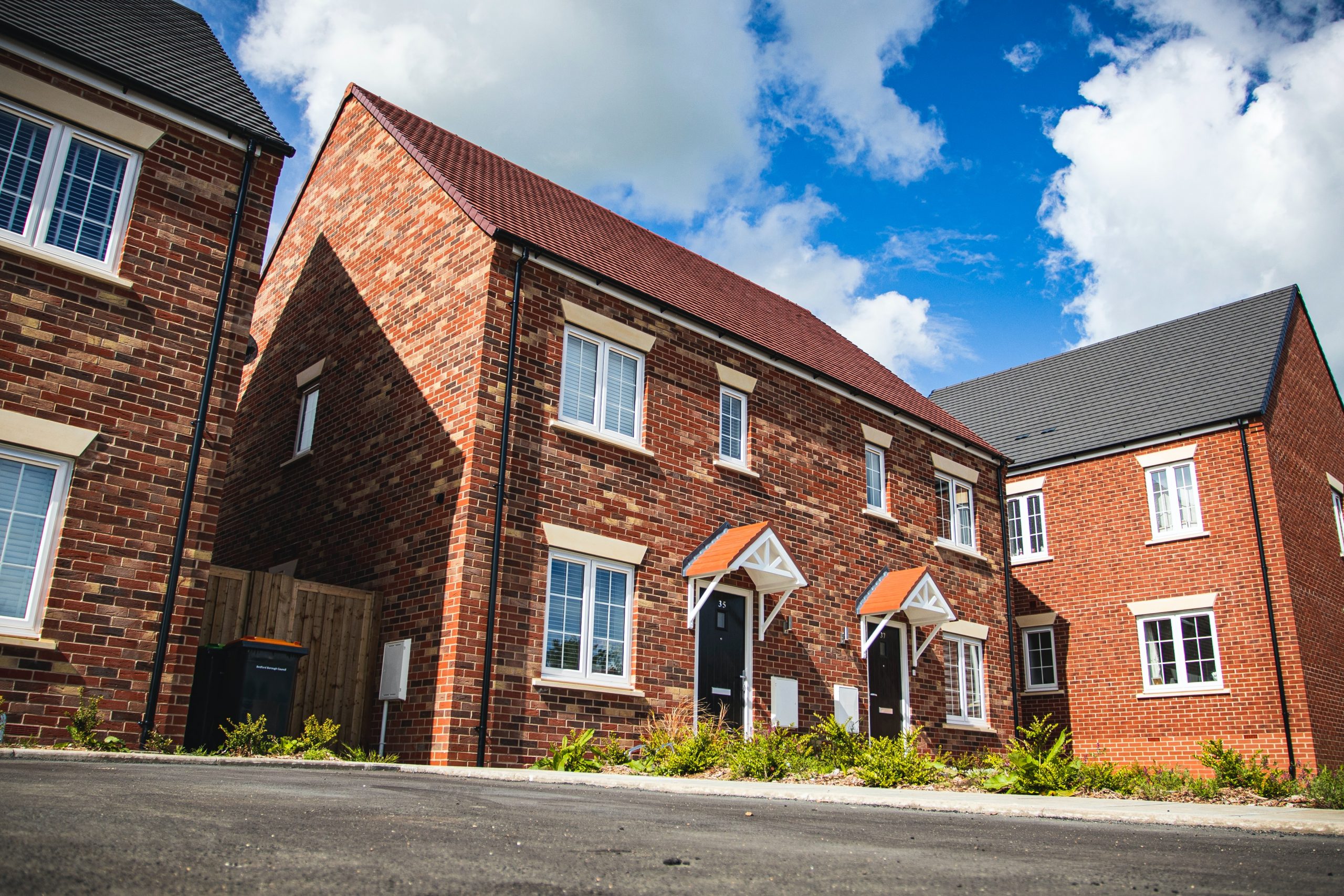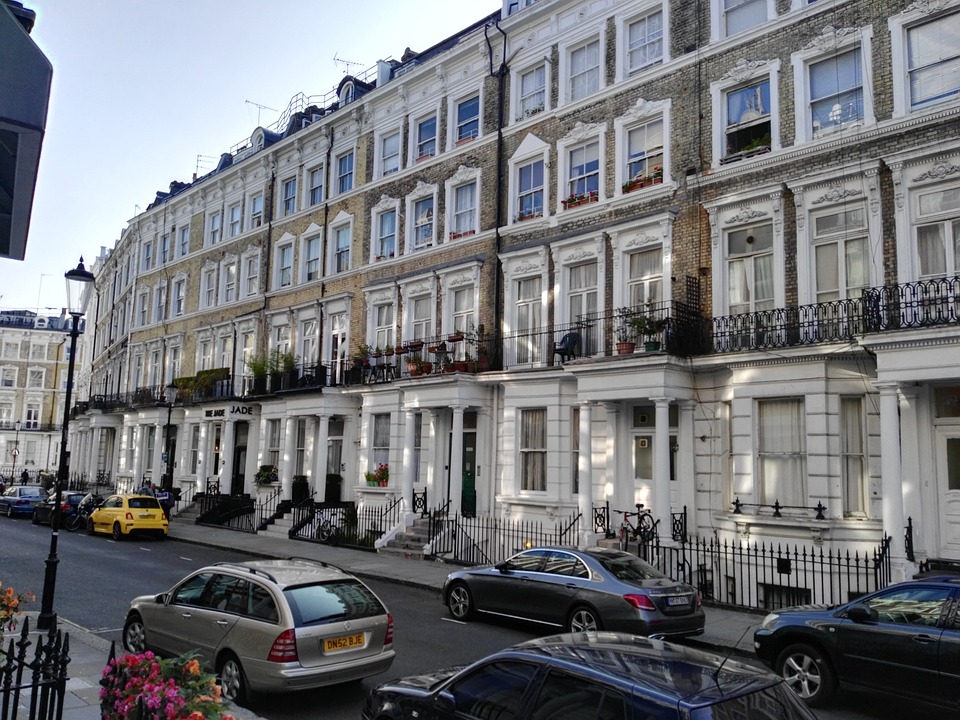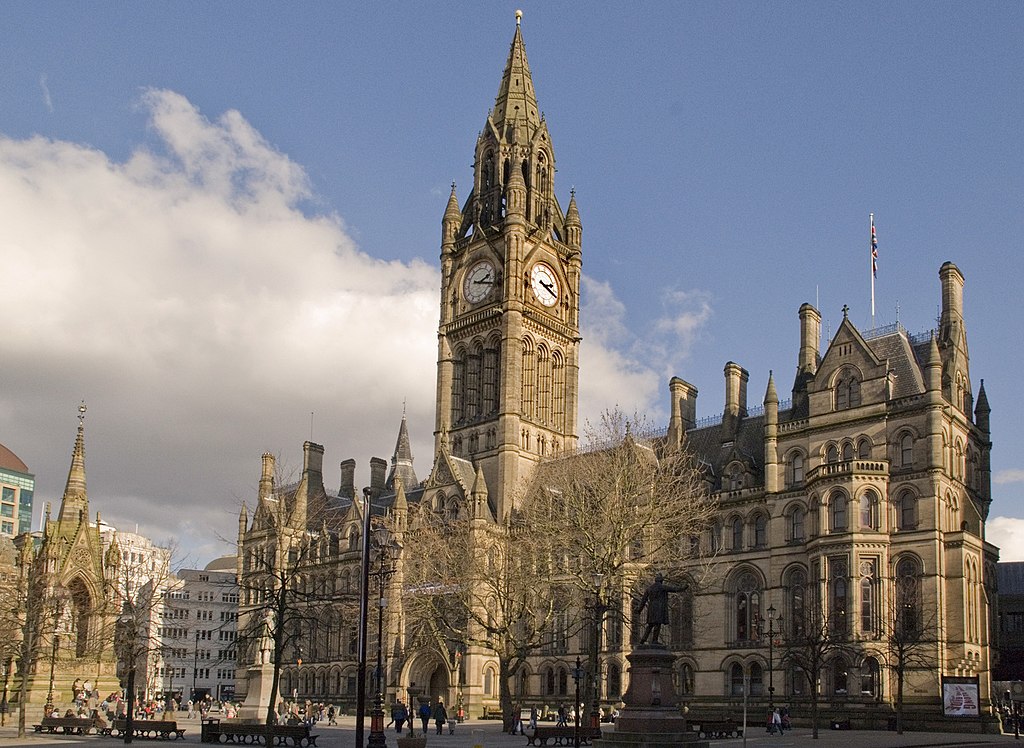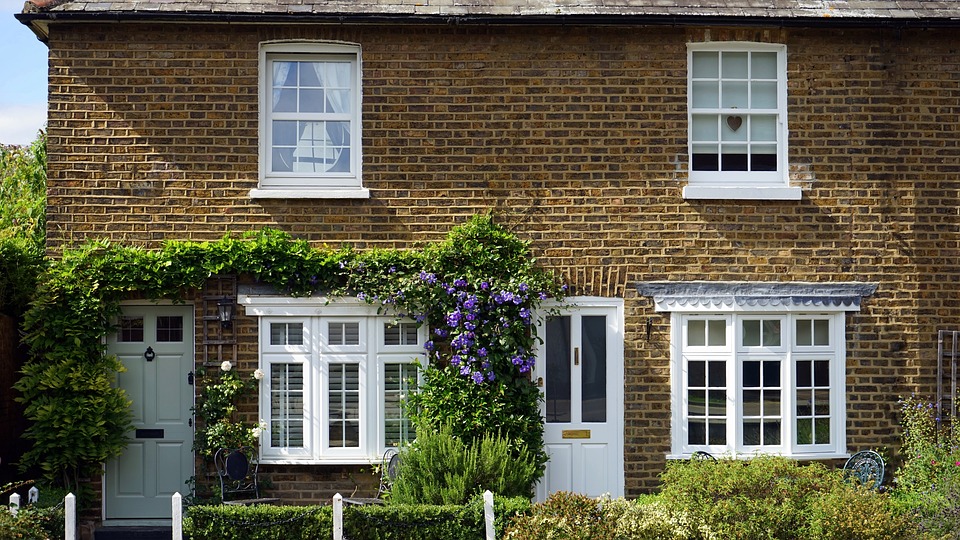The average UK house price fell by 1.9% in August, the largest monthly fall since November 2022, the latest Halifax house price index shows.
Property prices dropped by 4.6% on an annual basis, from 2.5% in July, though prices were at a record peak last summer.
As a result, the typical UK home now costs £279,569, down by around £14,000 over the last year to the level seen in early 2022.
However, average prices remain around £40,000 above pre-pandemic levels.
All UK nations and the nine English regions registered a decline in house prices over the last year, with northern locations generally proving to be more resilient than areas in the south.
Buyers faced with the need to find larger deposits and fund bigger monthly repayments means the South East is experiencing the biggest drop, with house prices down by 5.0% on an annual basis.
Wales, which recorded some of the biggest gains in property prices during the pandemic-driven race for space, has seen property prices fall by 4.7% over the last year.
In Northern Ireland property prices have fallen by 1.5% annually and in Scotland property prices fell by just 0.6% over the last year, the slowest pace of decline in the UK.
London remains the most expensive place in the UK to purchase a home, with an average property price of £529,814. However with prices down by 4.1% over the last year, it has seen the biggest fall of any region in cash terms (-£22,777).
Contact us today to speak with a specialist Commercial Finance Broker to discuss how we can assist you.
Kim Kinnaird, director of Halifax Mortgages, said: “It’s fair to say that house prices have proven more resilient than expected so far this year, despite higher interest rates weighing on buyer demand. However, there is always a lag-effect where rate increases are concerned, and we may now be seeing a greater impact from higher mortgage costs flowing through to house prices. Increased volatility month-to-month is also to be expected when activity levels are lower, though overall the pace of decline remains in line with our outlook for the year as a whole.
“Market activity levels slowed during August, and while there is always a seasonality effect at this time of year, it also isn’t surprising given the pace of mortgage rate increases over June and July. While these did ease last month, rates remain much higher compared to recent years. This may well have prompted prospective buyers to defer transactions in the hope of some stability, and greater clarity on the future direction of rates in the coming months. The market will continue to rebalance until it finds an equilibrium where buyers are comfortable with mortgage costs in a higher range than seen over the previous 15 years.
“We do expect further downward pressure on property prices through to the end of this year and into next, in line with previous forecasts. While any drop won’t be welcomed by current homeowners, it’s important to remember that prices remain some £40,000 (+17%) above pre-pandemic levels. It may also come as some relief to those looking to get onto the property ladder. Income growth has remained strong over recent months, which has seen the house price to income ratio for first-time buyers fall from a peak of 5.8 in June last year to now 5.1. This is the most affordable level since June 2020, and will be partially offsetting the impact of higher mortgage costs.”
Read about the UK Housing Market via our Specialist Residential & Buy to Let Division
Managing director of Barrows and Forrester, James Forrester, commented: “Such a sharp annual decline will certainly spur panic amongst the nation’s homebuyers and sellers at first glance. But it’s important to remember that this time last year the market was flying high at the peak of the pandemic price boom, so it would have taken a monumental spike in market activity this time around to avoid an annual decline in property values.
“It’s also important to note that August is peak silly season in the UK property market and so there is very much a seasonal influence at play here. Buyers, sellers and property professionals alike will have taken time off for their summer breaks, the result of which is a reduction in market activity and a more sluggish rate of house price growth.”
Jonathan Hopper, CEO of Garrington Property Finders, added: “Despite the emergence of some prematurely optimistic voices, this is no passing wobble for the property market.
“The reason is affordability. Interest rates have risen a lot and average house prices have come down a little – at least compared to how high they were.
“With this monthly drop, questions will be asked about the rate of descent, and whether we’re still on course for a soft landing.
“The rising cost of mortgages, and the reduced amount of money that would-be buyers can borrow, have not been sufficiently offset by falling prices.
“As a result, some buyers who need a mortgage to fund their purchase are either postponing things in the hope prices fall further, or looking for a smaller home in a cheaper area.
“Meanwhile at the top end of the market, cash buyers sense that their hand is getting ever stronger.
“Those with a decent amount of cash behind them can afford to be more pragmatic in how they structure their finances and their house-hunting strategy. And while everyone is wary of paying a price now that might be lower in six months’ time, committed, proceedable buyers find themselves in a commanding position as sellers now regularly accept offers well below asking price.”
By Rozi Jones
Source: Financial Reporter








